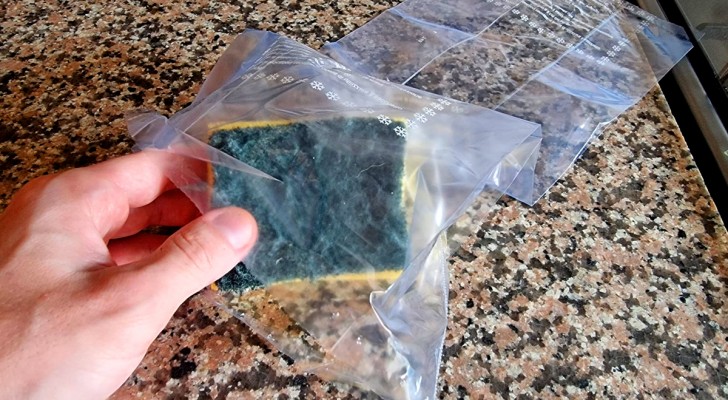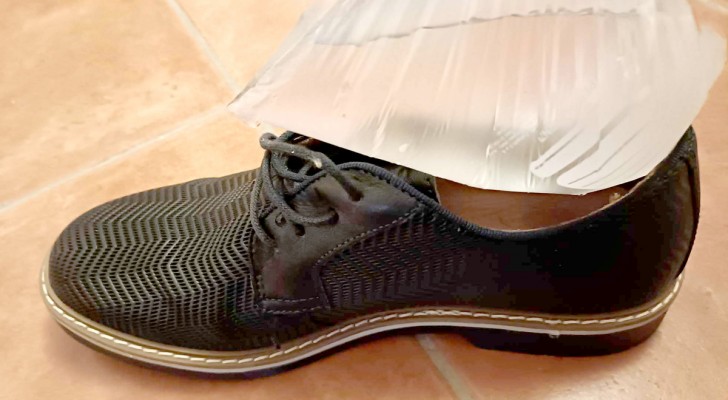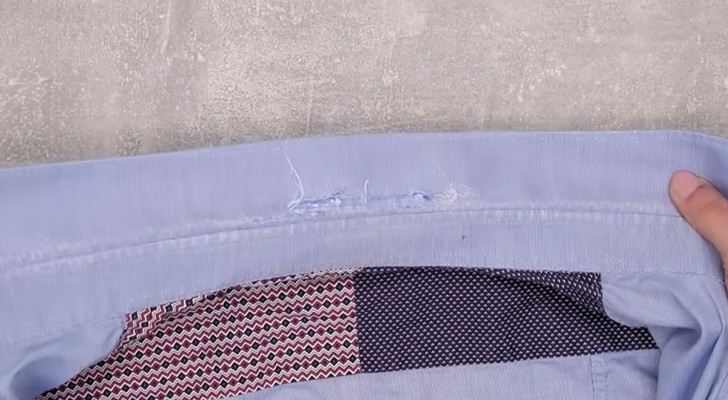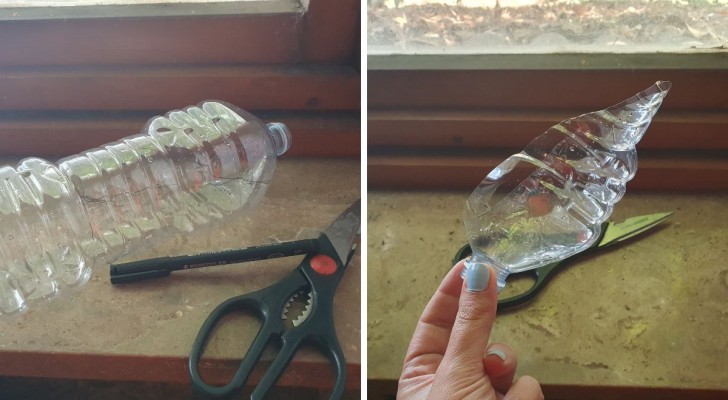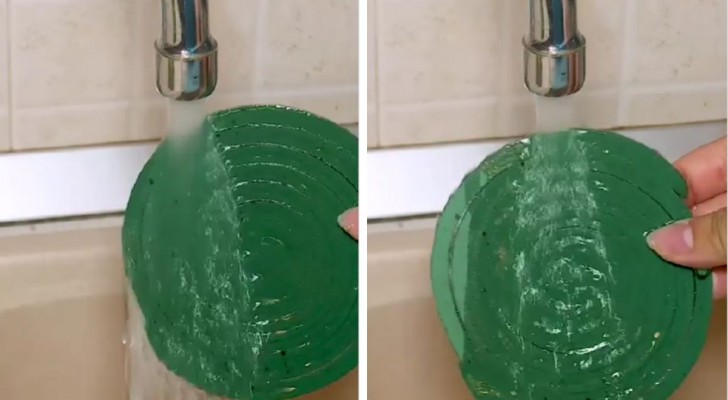Cleaning the house with DIY remedies: some of the most common tips not to forget
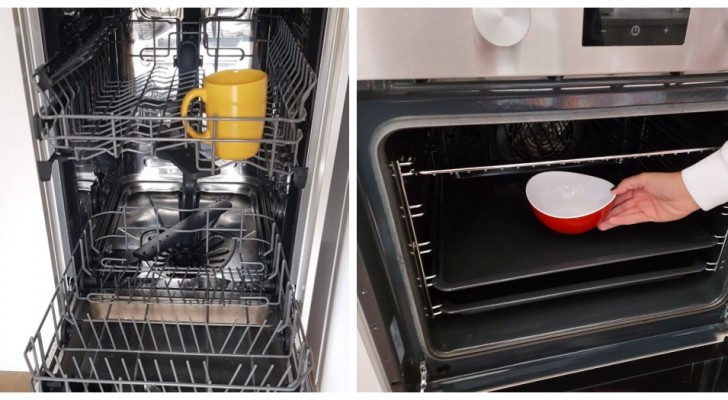
Advertisement
When cleaning it is useful to have products and accessories suitable for every single surface and material, but sometimes this involves considerable expense and perhaps having a load of bottles and sponges / cloths which end up stealing a lot of space in the furniture. So even when you run out of specific detergents, it doesn't necessarily mean you can't clean efficiently.
There are almost always DIY remedies that can come in handy - often based on ingredients we already have at home and which also can be used as cleaning accessories. Below, we remind you of some that always come in handy:
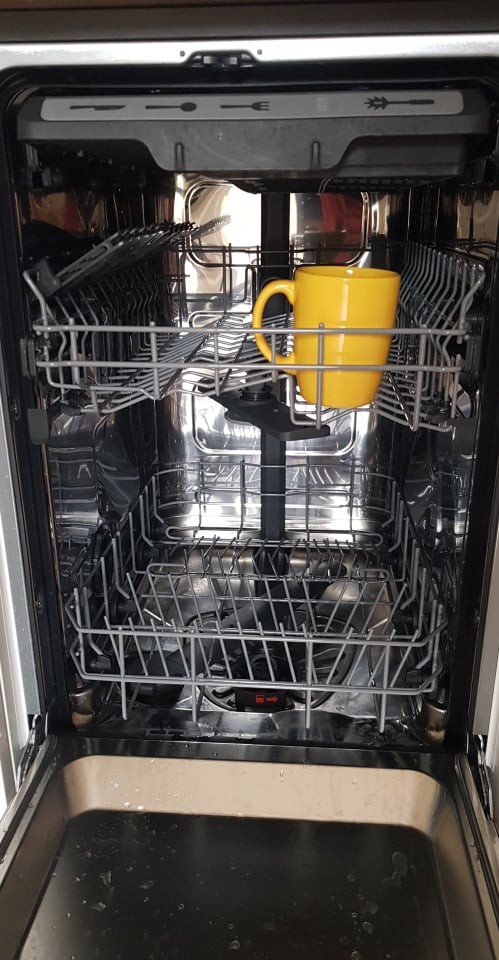
Creativo
- Cleaning the dishwasher: after many washing cycles, the dishwasher itself also needs to be cleaned and sanitized. The most common and effective way to do this is to fill a cup with white vinegar and place it on the top rack. Then start a long wash cycle at a hightemperature, et voilà.
- The back of the fridge: the grills on the back are the ones that work to keep inside of the fridge cold, and you must prevent them from overheating. This happens both if the fridge is too close to the wall - which prevents the circulation of air; but this also happens when they are not cleaned often - inevitably they become covered with dust and fluff. Use a duster or soft-bristled brush on the grills once a month. Don't forget the fridge or freezer's rubber seals either: every now and then, go over them with an old toothbrush to remove any debris or food, and wipe a a thin layer of petroleum jelly (vaseline) on them to prevent cracks appearing in the rubber.
- Stainless steel surfaces, such as those of certain household appliances (the toaster, for example), can be polished with car wax: you only need to apply a very little amount, spread it carefully with a soft, dry cloth and then use another clean cloth to finish the polishing and to remove any excess product .
Advertisement

- The oven: the tip of using vinegar in a hot oven, to soften and dissolve the most stubborn dirt so as to remove grime more easily with sponges and detergents, is always useful. Again, for treating all stubborn dirt and grime deposits, you can use some homemade products, such as a paste made from baking soda, water and just a couple of drops of dish washing liquid. Spread the paste with the help of a cleaning brush, leaving it to act for 15 minutes before scrubbing it off with a cloth or sponge and removing all the encrusted dirt with it.
- The microwave: here you can also use a bowl of vinegar, but also a little water with lemon juice and also lemon slices (or the squeezed wedges) left in the liquid. Start the oven at maximum power for 5 minutes, possibly alternating two minutes of the cycles with a pause of a few seconds. This is a great way to dissolve hard or greasy dirt, which is then easily removed using a sponge and detergent (even homemade detergent will be fine).
- Stove tops and hobs: for these, you can use the DIY alternative par excellence, which is a combination of vinegar and baking soda. Sprinkle the top with baking soda first and then sprinkle (or pour on) the vinegar. Wait for the two ingredients to stop reacting / foaming and then wipe off with a soft cloth, taking care to remove everything (including the dirt and grime) thorougly.
- Clean toasters regularly, removing all the crumbs and scraps of charred bread. Sometimes it is necessary to take out the washable parts and soften the dirt on them by soaking them for 10-15 minutes in soapy water. A toothbrush can always help with difficult spots.
Advertisement

